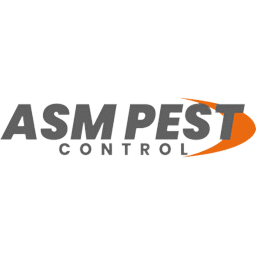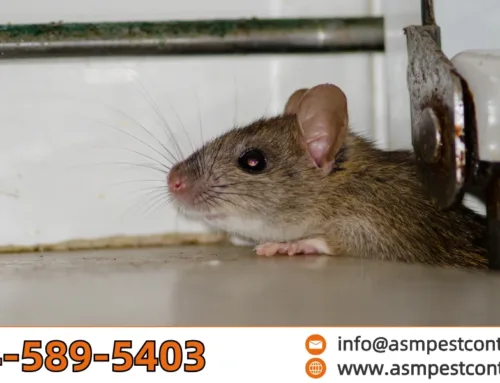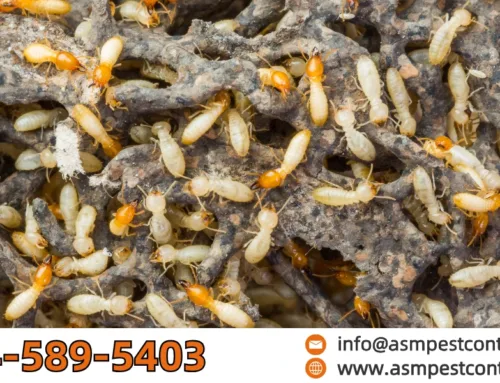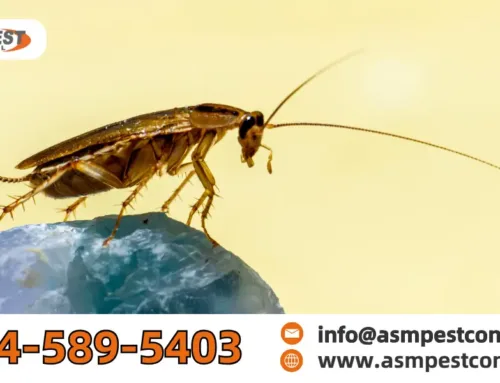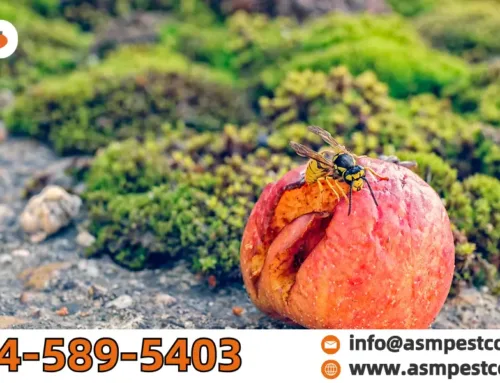We all have heard about Pests and Pest Control. Pest control is the way of controlling or removing pests from in or around our living or working area. These pests can range from bed bugs to moths and fleas, from ants to cockroaches, from bees and wasps to spiders, and even the underground dwellers such as rodents and moles. Even though there is the difference of just one letter between Pets and Pests, the latter causes a lot of trouble to us human beings in particular. The troubles they cause are sometimes disgusting, and at others, they cause damage to some of our property due to which Pest treatments is becoming necessary.
Pest Treatment Methods Can Be Categorized into the Following Four Types:
- Hygienic Pest Control
- Biological Pest Control
- Physical Pest Control
- Chemical Pest Control
- Insecticides
- Rodenticides
- Fogging
- Fumigation
- Heat treatment
Hygienic Pest Control
This is the easiest way to keep the pests in check. Hygienic Pest control starts with our own selves changing some of our habits. As an example, we must keep our surroundings clean, throw the garbage into a bin, wash the dishes soon after our meals, keep the food stored in airtight containers, and avoid any kind of cracks in the rooftop or in the walls. Cleanliness takes care of a number of pests but not all are so easily handled. They are handled using other ways and methods.
Biological Pest Control
This is another kind of Natural Pest Control as no chemicals or pesticides are involved in this method. Natural Predators are one such example of Biological Pest Control in which one Pest is introduced into a locality to finish off another one. This, however, can have negative effects as well. Sometimes the gardeners to ward off the pests use certain helpful Microorganisms. When these Microorganisms have a positive relationship with a plant they help in protecting it from all kinds of deterring pests.
Physical Pest Control
Physical pest control strategies rely on both insect and rodent pest detection, killing, and elimination. Some of the methods that fall under the Physical Pest Control category include
1) Disposal of breeding grounds. Any place that the pests can hide in and where there is food available for them to be used during breeding must be destroyed to disable the pests for taking any kind of destructive action. Keeping the surroundings clean, dry, and warm is the best way to do so.
2) Poisons. Sometimes poisonous food items are used as bait to trap the pests such as rodents. These come in the form of jelly’s or in granules also. It is must that while using these poisons to trap and eliminate the pests, the poison should not be in reach of any kids.
3) Trap Cropping. In this method, an extra crop that can attract the pests is planted. However, one must consider the scale of the crop as it has been found that the pests are capable of avoiding such a trap and it suits only small scale farming only.
4) Traps. We have known traps as a very common way of controlling pests (rodents more often). However, these traps must be placed in areas that have a great traffic of pests. Though the method is bound to succeed, a downside to the method is that the caught pests need to be removed from the traps now and then.
Chemical Pest Control
Chemical pesticides are the most effective and commonly used methods of pest control. Because of their effectiveness, many forms of pesticide are available for tackling rodent and insect infestations. Various forms of Chemical Pest Control are:
- Insecticides. Insecticides are meant to ward off insects such as bees and flies and cockroaches. While all insecticides may come in the form of granules or spray, each one of them have their own capability to exterminate a specific type of pest. While granular insecticides are best suited to ant-like insects / creatures which dwell in hard-to-reach locations and scavenge for food, spray-like insecticides target the flying category such as bees and wasps
- Rodenticides. These are targeted specifically to rodents and are more poisonous than any other pesticides. The reason is, rodents have a high sense of caution when they go in search of food. Sometimes these rodenticides are used even for mammals such as cats and dogs.
- Fogging. Another solution against adult flying insects such as mosquitoes, flies, moths or flying ants is the fogging pest control. This method is applied through the infested areas using a special ULV fogging machine. It is called ULV (ultra low volume), because it spreads very small amounts of insecticides.
- Fumigation. This is the last resort when none others work. During fumigation, the infected area is sealed and a very strong pesticide will be sprayed into the said area. Before getting back into the fumigated area, you must air the property for at least 24 hours.
Summarizing It
Armed with the just presented information, users will be able to tackle small pests on their own. However, this might not be the case when bigger areas and serious pests are a consideration. The types of pesticides and their removal methods can help you know what type of service you want. Go through the text and decide by you’re the pest control method you will like to use.
